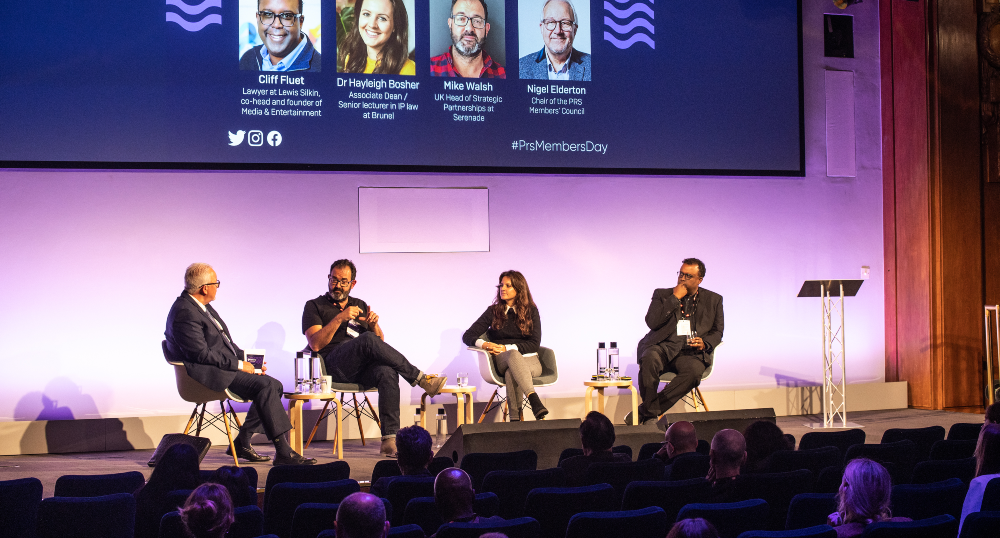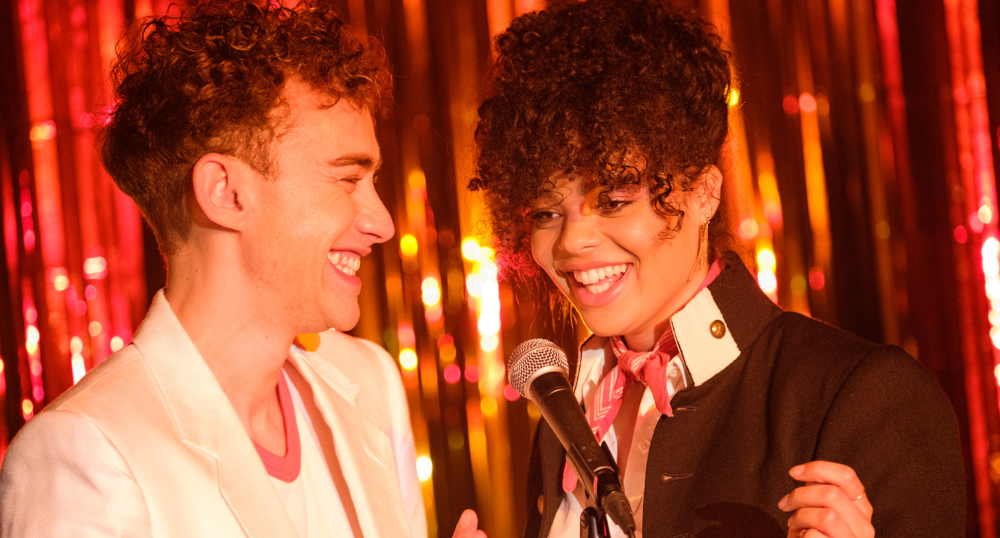So how can you make money when your music is used in broadcasts?
A key income stream for songwriters, composers and publishers in this country is PRS (part of PRS for Music) royalties, which are paid every time their music is played on TV or radio. The value of each payment will depend on what TV channel or radio station the music is played on, how long the music is played for and how many times. PRS also takes time of day into account, so a broadcast in peak time (6pm to 11pm) is worth more than at other times of the day. To give an indication, a one minute play on BBC1 in the evening is worth £69.21, the same on Sky Arts is worth £9.67, or £0.38 on the commercial radio station Pirate FM.
It’s easy to see that when particular musical work gets used on a regular basis - for example, as the title music to a long-running TV series, or repeated - PRS royalties can become significant.
How do you get your music onto TV or radio in the first place?
Some songwriters and composers will say that to break into this world a combination of talent, tenacity, getting to know the right people and perhaps some luck is needed. But there are a number of routes in:
Commissioned music -
This is where a songwriter or composer is contracted to create music for a specific use, for example a soundtrack for a TV documentary, or a jingle for a radio station. The writer is normally paid a one-off fee by the broadcaster or production company and this will vary according to a number of factors, such as the production budget, or the package of rights they are buying (e.g. does the commissioning agreement cover DVD rights?). In addition to the commissioning fee, PRS royalties are payable for each broadcast of the music.
Production music -
Also known as library music, this is music written to be used ‘off the shelf’ and offers a convenient and cost effective way for the programme maker to obtain high quality music for their productions. MCPS (part of PRS for Music) represents over 600,000 tracks from over 200 libraries spanning all genres of music. These libraries are constantly refreshing their catalogues, so this can provide new openings for songwriters and composers.
For the MCPS libraries, mechanical royalties are payable each time a piece of library music is copied into a programme, or other broadcast items such as promos or trailers. PRS royalties will then be payable for each broadcast.
Synchronisation
The term synchronisation is typically used to describe the act of copying pre-existing music - normally music that has been commercially released - into audiovisual productions. Such uses generate sync fees (mechanical royalties) for the songwriter, composer and publisher.
For some types of sync, such as feature films and advertising, fees are negotiated by the publisher on a case-by-case basis. The writer will normally be involved in this process, so that they have the opportunity to accept or decline the proposed use.
For other types of uses, such as the copying of music into television programmes, these rights may be included as part of ‘blanket licences’. So while mechanical royalties are payable for each use, they are not negotiated on a use-by-use basis and in most cases the broadcaster or production company does not have to seek the specific permission of the songwriter or composer. This tends to be the system in the UK and most of Europe.
How do royalty payments work?
Royalty distributions for the majority of television and radio channels in the UK are on a pay-per-play basis. This means that PRS for Music receives logs of all music used on the channel or station, be it as a background track, jingle or theme tune, and then pays out royalties accordingly. Some smaller television and radio stations do not provide full logs as their music usage is not significant, or their audience figures are low. Channels that fall into this category are sampled so that PRS for Music can get a snapshot of their typical music usage at any given time and then pay royalties out based on a model built using this data for full music usage.
Recently, PRS for Music has been piloting the use of music recognition technologies which automatically identify music as it is broadcast. These work by taking a digital fingerprint of the broadcast audio and comparing it to a database of fingerprints for existing recordings
For commercial radio, this has enabled PRS for Music to increase the number of stations distributed on a pay-per-play basis and means that royalty payments to writers and publishers are more accurate. The same technology is now being trialled for TV uses.
So what does the future hold for broadcasting?
This is an important question for PRS for Music and its members. The demise of linear viewing that some predicted is still yet to happen. For many people, television viewing is still a ‘lean back’ activity and they don’t have a strong desire to create a personalised schedule. So-called ‘event TV’, whether that’s sporting events or live shows such as The X Factor or Strictly Come Dancing, has also served to preserve linear audiences.
But smart phones and tablets like the iPad are likely to increase the amount of programming that people consume away from their main television set and as internet-enabled televisions become the norm, this potentially opens up a world of virtually unlimited choice without needing to move from the sofa.
There is a whole generation of viewers who are growing up consuming most of their content on PCs or mobile phones and who have little concept of what a channel is. Their loyalty lies solely with the programmes. Some forecasters suggest that this will have a significant impact on the broadcast landscape in the next ten years and a number of today’s major players will be pushed aside by the likes of YouTube and others who have a closer relationship with this generation.
However the market shapes up, we can be certain that music will continue to play an important part in the creation of quality content which can stand out in a world of endless choice. We must ensure that the significant contribution made by the creators of this music continues to be recognised.
This is an excerpt of an article first published in BASCA’s The Works magazine. It has been reproduced with kind permission from BASCA.




